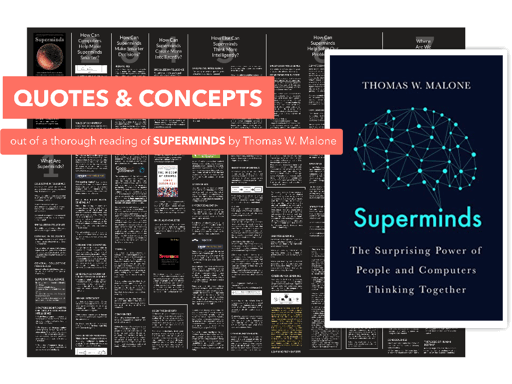Superminds
The wonderful essence of Tom’s book is to imagine how people and computers will interact on a massive scale to create intelligent systems.
Continue Reading“Conscious”
The book “Conscious: by Annaka Harris is an ambitious undertaking in providing insights on how the conscious is integrated with matter. I find it as a brief and concise summary of very exciting subject.
Continue Reading

